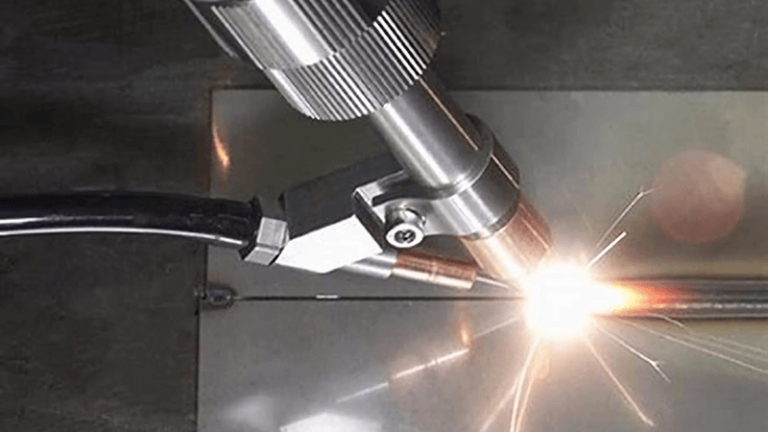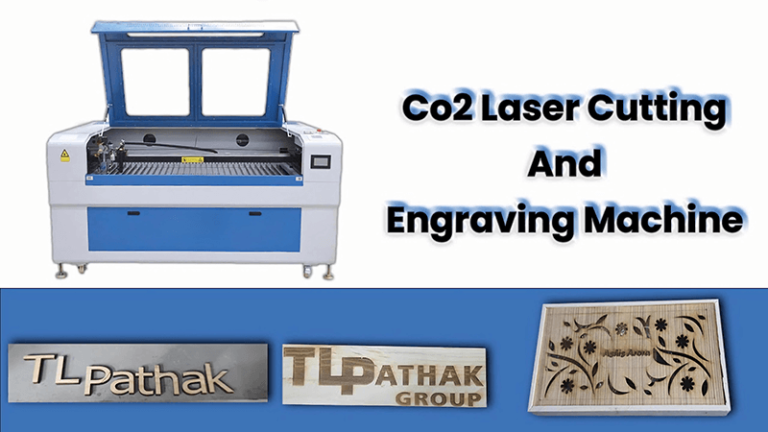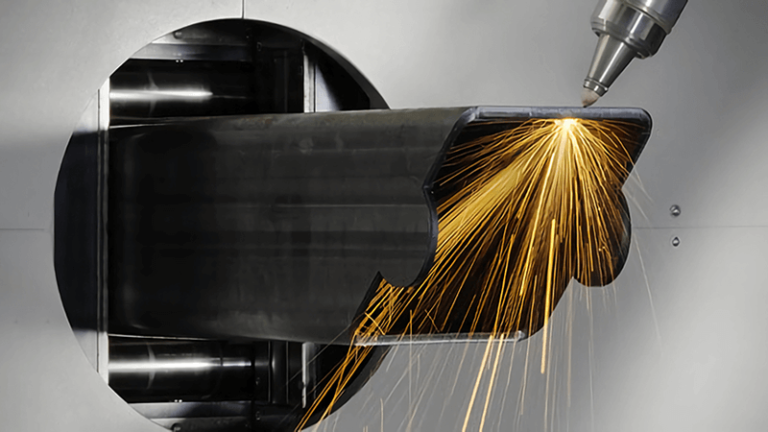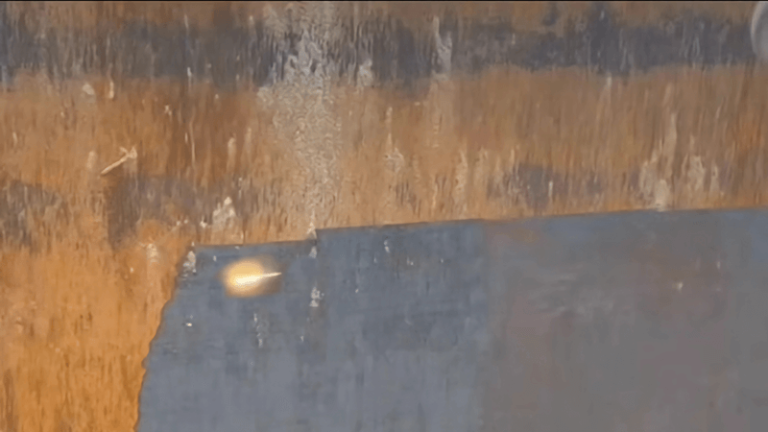Cutting metal cleanly with a laser sounds simple—until you see those burnt, dark edges. If you've ever ruined a perfect part with heat marks, you're not alone. The good news is, with the right tools and setup, you can avoid burning completely.
You can laser cut metal without burning it by using a fiber laser, high-pressure nitrogen assist gas, lower power settings, and tight focus. This setup gives clean, oxide-free edges—especially for stainless steel and aluminum.
Laser cutting doesn’t have to mean burnt metal. But many people use the wrong machine or gas. This article breaks down how I, as Kirin Laser, help clients cut sharp, burn-free edges with precision. Let’s dive in.
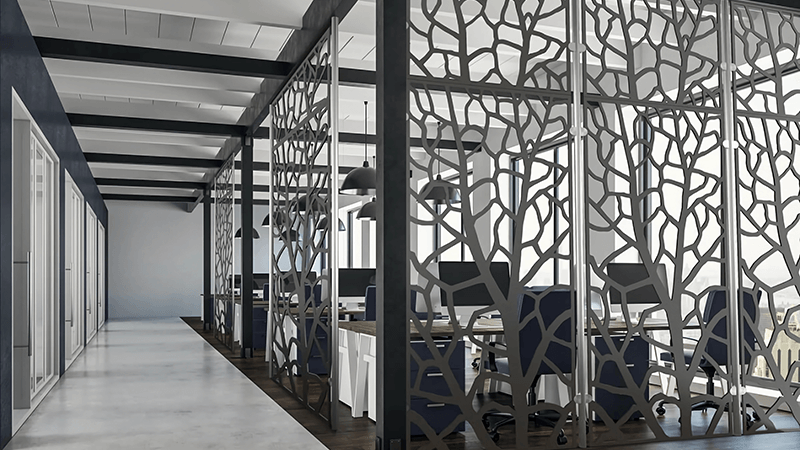
How do you laser cut without burning?
It’s a common question I get from partners and customers alike. The answer usually starts with choosing the right laser—and adjusting how you use it.
To laser cut without burning, I use a fiber laser with high-pressure nitrogen, reduce power slightly, and maintain precise focus. This method eliminates oxidation and prevents heat damage.
Why fiber laser matters
Fiber lasers are ideal for metal. Unlike CO₂ machines, they don't rely on mirrors and gas tubes that lose power over time. Their beam is more concentrated, which means more cutting power and less wasted heat. That translates into:
| Feature | CO₂ Laser | Fiber Laser |
|---|---|---|
| Beam Quality | Lower | High |
| Efficiency | ~10% | ~40% |
| Maintenance | High | Low |
| Metal Cutting Performance | Limited (esp. Alu/SS) | Excellent |
Fiber lasers1 also support better control over settings. I often recommend dialing down the power by 10–15% when cutting reflective metals. The cleaner beam avoids overheating the cut edge.
Nitrogen is your best friend
Oxygen reacts with metal and causes burns or oxidation (think rust). I always recommend nitrogen, especially for stainless or aluminum. It’s inert, keeps the cut cool, and blows molten material away fast.
In one project, a client using CO₂ and oxygen kept getting brown, burnt-looking parts. We switched them to a Kirin fiber laser2 with high-pressure nitrogen. First run—smooth, silver cuts. They emailed me the next day saying, “It’s like night and day.”
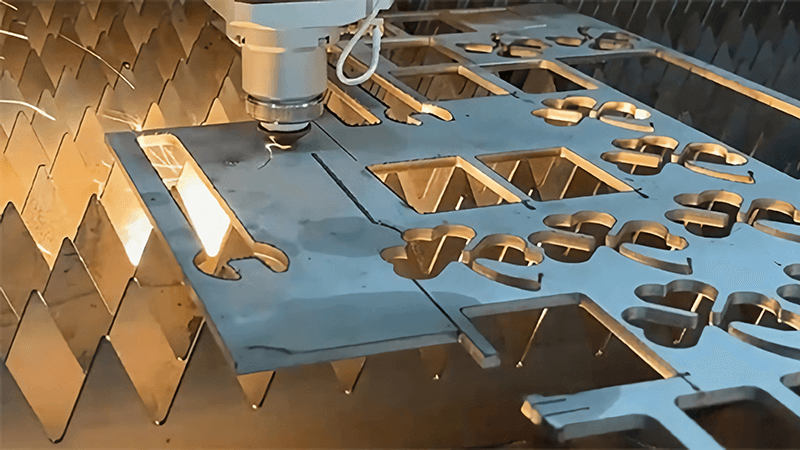
How to avoid burn marks when laser cutting?
Even with the right laser, burn marks can happen—if your setup isn’t precise. Avoiding those dark edges is all about balance.
To avoid burn marks, I focus on using nitrogen assist, fine-tuning power and speed, and making sure the beam is sharply focused. A dirty lens or wrong nozzle can also cause burn artifacts.
Tuning for precision
Burn marks come from overheating3 or too much dwell time. Here’s my checklist to stay clean:
✅ Use the right gas
Always nitrogen for clean cuts. Oxygen might cut faster but burns the edge.
✅ Optimize power
Too much power overheats the metal. I usually reduce power to just what’s needed to pierce and cut.
✅ Adjust speed
Too slow? You get more heat buildup. Too fast? You don’t cut through. There’s a sweet spot I test on scrap before full runs.
✅ Keep the lens clean
A smudged or dusty lens4 scatters the beam, causing hot spots and inconsistent burns.
✅ Set the focus properly
Auto-focus heads5 help. If the beam waist isn’t right on the metal, energy spreads too wide.
| Setting | Good Practice | Bad Outcome if Missed |
|---|---|---|
| Assist Gas | High-pressure nitrogen | Burnt or oxidized edges |
| Power | Slightly reduced | Overheated, blackened edges |
| Speed | Match material & thickness | Melting or incomplete cuts |
| Focus | Razor sharp on material top | Wide kerf, heat damage |
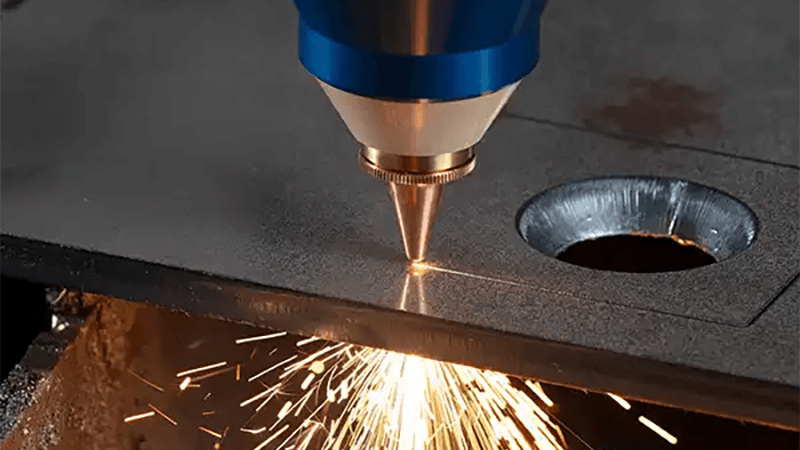
Can a laser burn through metal?
Absolutely. That’s what it’s designed to do—but there's a fine line between cutting and burning.
Yes, a laser can burn through metal if not properly controlled. However, fiber lasers are designed to cut cleanly, not burn. The goal is vaporizing or melting just enough to separate the material without causing thermal damage.
The science of burn vs. cut
When we “cut” metal with a laser, we’re heating it to the point where it either melts or vaporizes. But here’s the catch—if that energy spreads too far, the metal absorbs too much heat and starts burning or oxidizing.
This is especially true with reflective metals like aluminum. They bounce the beam around before finally giving in. That’s why fiber lasers6 are better: their wavelength is absorbed more efficiently by metal.
Controlling the burn
Here’s how I manage the balance at Kirin:
- Start with a sharp beam7: The better the beam quality, the less excess heat.
- Use a thin kerf: Our machines are built for precision, meaning less energy wasted around the cut zone.
- Smart motion control: We use advanced controllers that keep speed and acceleration stable to avoid burn spots at corners or start points.
When you do it right, you get smooth, clean lines—no burrs, no soot.
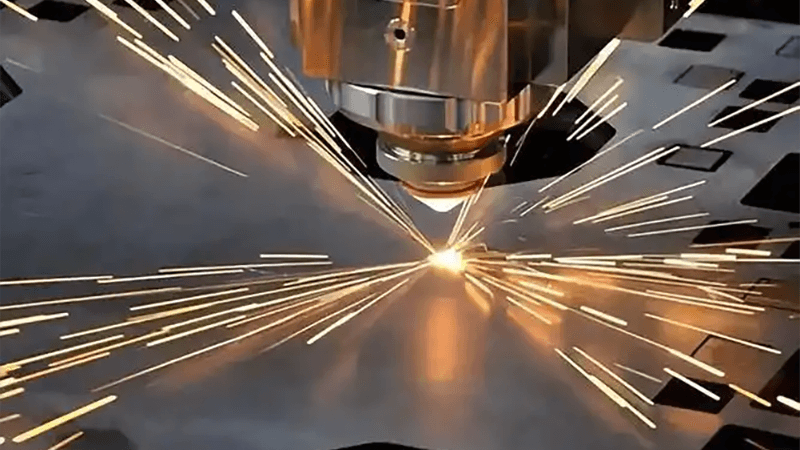
How can a laser cut through metal?
This is where technology meets art. A laser doesn’t “slice” metal like a knife. It uses heat, focus, and air assist to make it happen.
A laser cuts through metal by focusing intense light on a tiny spot, heating it to melting or vaporization. High-pressure gas then blows the molten material out, creating a narrow cut. Fiber lasers excel at this due to their beam quality and control.
Breaking it down
Let me explain how our fiber lasers8 at Kirin cut through stainless, aluminum, and carbon steel.
Step 1: Focused beam
We use a lens to focus the beam into a spot as small as 0.1mm. All that energy in one place—instantly melts the metal.
Step 2: Assist gas
Compressed nitrogen (or sometimes oxygen) shoots through the nozzle. It pushes molten metal out of the kerf.
Step 3: Motion system
The CNC controller9 moves the head at just the right speed. Too slow? You get burns. Too fast? Incomplete cuts.
| Component | Function |
|---|---|
| Laser Source | Generates high-energy beam |
| Focusing Lens | Shrinks beam diameter for max intensity |
| Nozzle | Directs gas and beam to cutting zone |
| Gas System | Blows molten metal out of the cut |
| Motion Platform | Moves head along path with high precision |
What makes Kirin machines special is the tight integration. Everything from beam delivery to motion control is tuned to reduce thermal impact. We even pre-program cutting parameters10 for common materials and thicknesses.
One U.S. distributor told me, “Your fiber machines cut cleaner than any other brand we’ve tried—and with fewer consumables.”
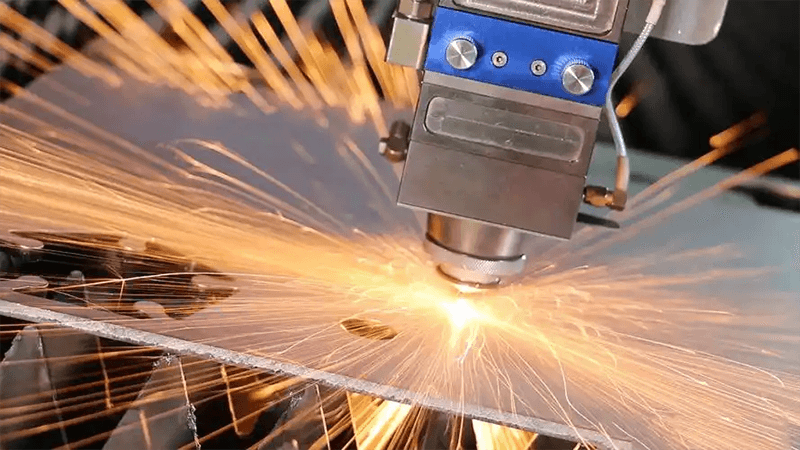
Conclusion
Laser cutting metal11 without burning it is all about control. From the beam to the gas to the motion, every piece plays a role. At Kirin Laser, we help clients avoid burn marks by using high-pressure nitrogen, dialing in their power and focus, and relying on fiber laser precision. Whether it’s stainless, aluminum, or mild steel, we’ve built machines that cut clean and fast—without the toast marks.
-
Discover the benefits of Fiber lasers for metal cutting, including efficiency and precision, to enhance your projects. ↩
-
Discover how Kirin fiber lasers can transform your metal cutting projects with superior precision and efficiency, as experienced by satisfied users. ↩
-
Discover effective techniques to prevent burn marks during metal cutting, ensuring cleaner results and prolonging equipment life. ↩
-
Discover how a clean lens ensures precision in laser cutting, preventing hot spots and inconsistent burns for optimal results. ↩
-
Discover how auto-focus heads enhance precision by ensuring the laser beam is perfectly focused, reducing errors and improving cut quality. ↩
-
Explore this link to understand how fiber lasers enhance precision and efficiency in metal cutting processes. ↩
-
Discover why a sharp beam is crucial for achieving clean cuts and minimizing heat damage in laser cutting. ↩
-
Explore the benefits of fiber lasers for metal cutting, including efficiency and precision, to understand why they are preferred in the industry. ↩
-
Learn how CNC controllers enhance the accuracy and quality of laser cutting processes, ensuring optimal results in manufacturing. ↩
-
Discover how pre-programmed settings optimize laser cutting, saving time and reducing errors for precise and efficient material processing. ↩
-
Find the best laser cutting machine and laser cutting solutions from Kirin Laser, clicking this link to get your best product for your applications. ↩


